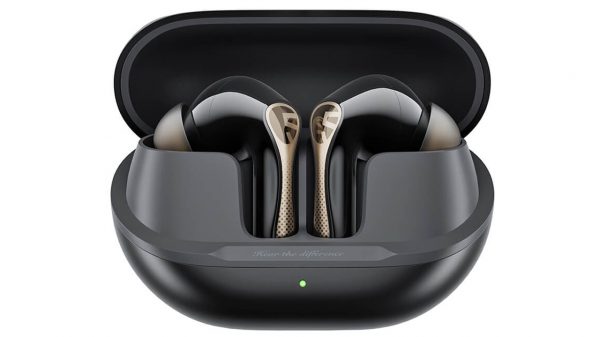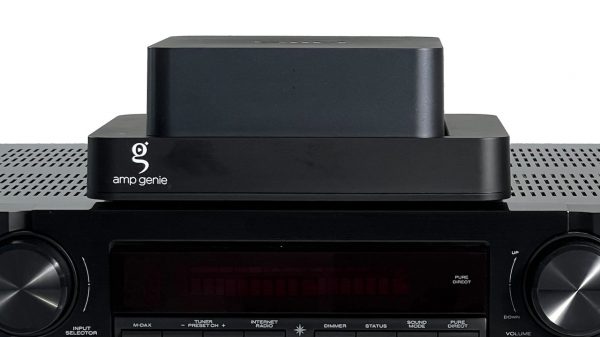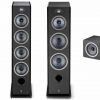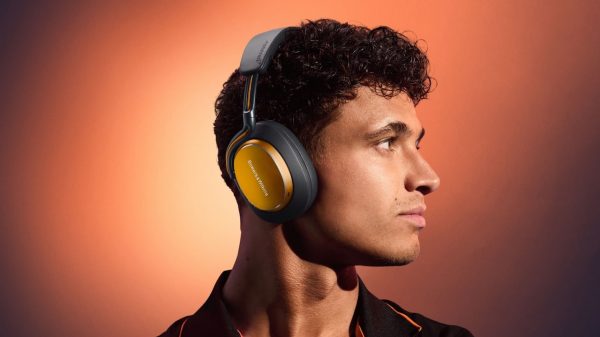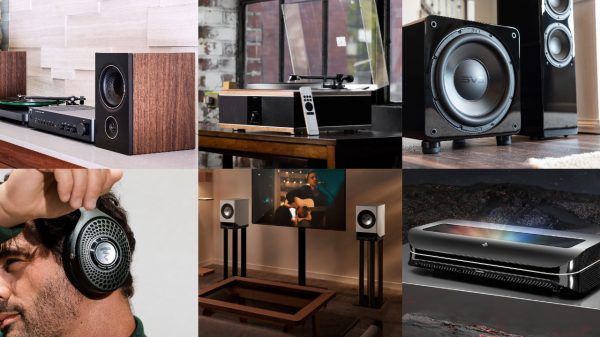For some diseases, the symptoms are obvious. A kid has red spots and a fever: that would be the measles. Or is sneezing and sniffing like mad: that would be a cold. But for others, the symptoms might not be so obvious and it will take a specialist–or more likely an old experienced country doctor–to figure it out and prescribe the correct treatment.
Moving over into the field of computers, file fragmentation can be like that. Performance slows down–that’s a very clear indication that files on a drive have become fragmented and it’s taking the computer longer to access them. Simple. But there are other symptoms that might cause a system administrator or other IT personnel to implement all kinds of solutions that don’t solve the problem, because the real problem isn’t clearly indicated.
One not-so-obvious symptom is that workstations are slow after installing Windows Updates. While the immediate reaction might be to curse the update, possibly uninstall it and call Microsoft, you should have a look at the fragmentation level first–especially if it consistently happens. Much of the time such updates–as well as many third-party applications and updates–are severely fragmented after installation. Making sure a competent defragmentation solution is in place and running prior to installing updates will ensure that performance will not be affected by the installation itself.
Another symptom that might not point directly to file fragmentation is slow backups. The first instinct in such a case might be to suspect the backup solution, causing frantic calls to the solution’s tech support or other tweaking that never gets a result. Backing up a fragmented disk can take tremendously longer than one on which files are not fragmented, simply due to the extra I/O traffic required to access each and every fragment of every file–and files in hundreds or even thousands of fragments are not at all uncommon. So again, it’s a good idea to check fragmentation levels before chasing up other paths which may lead nowhere.
While defragmentation is the answer to such problems, it’s also a matter of the correct defragmentation technology. A good doctor stays current on the latest effective medicines and won’t prescribe last decade’s remedy when a better one is now available. Scheduled defragmentation is last decade’s remedy. Times at which defragmentation can be scheduled are quickly disappearing due to 24X7 operation, and due to today’s fragmentation rates, fragmentation is continuing to build and impact performance in between scheduled runs.
The totally modern remedy is a completely automatic solution, one that requires no scheduling and one which consistently, invisibly keeps fragmentation at bay. Since the only resources used are those which would otherwise be idle, there is never a negative performance impact from defragmentation. With a constant dose of the right medicine, computer systems are always healthy and symptom-free.
It’s just what the doctor ordered.


